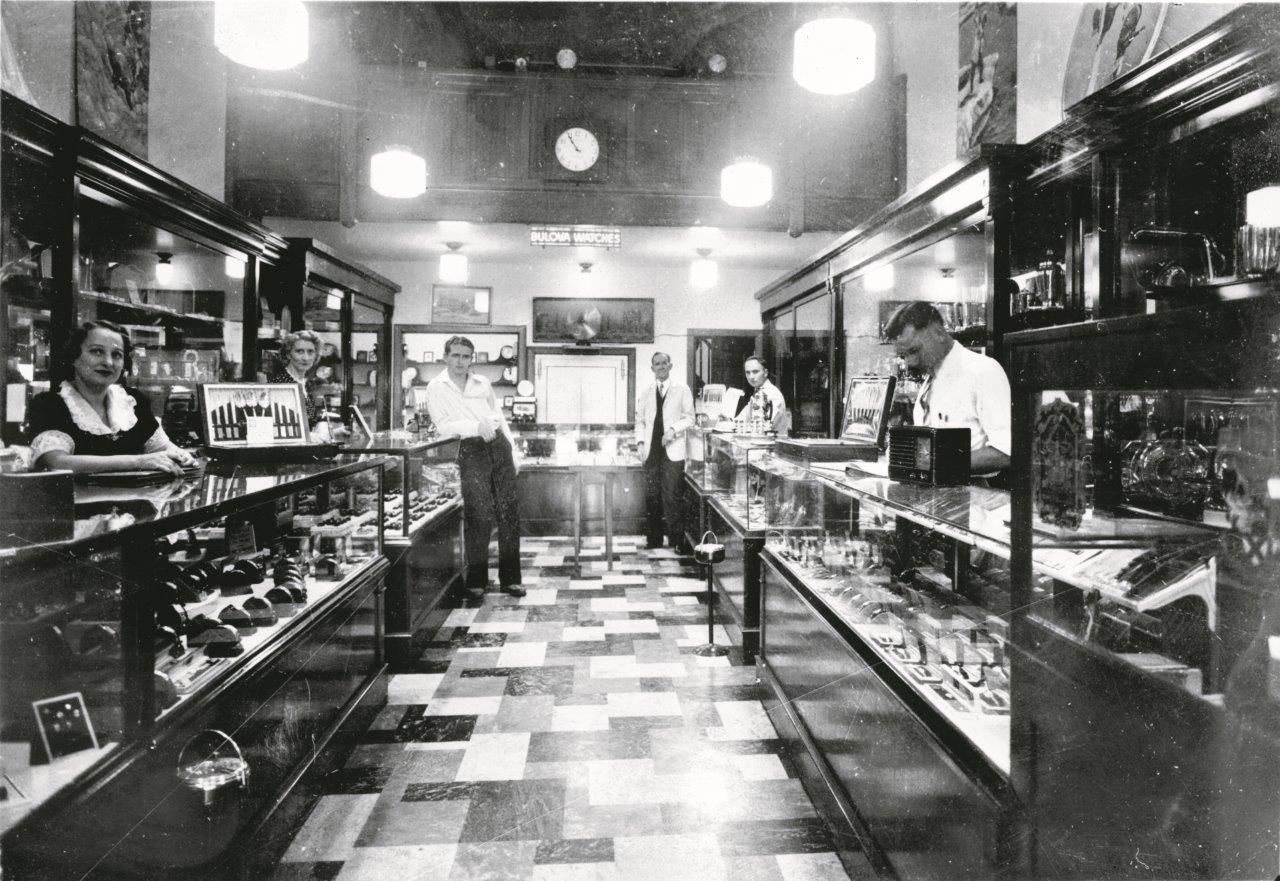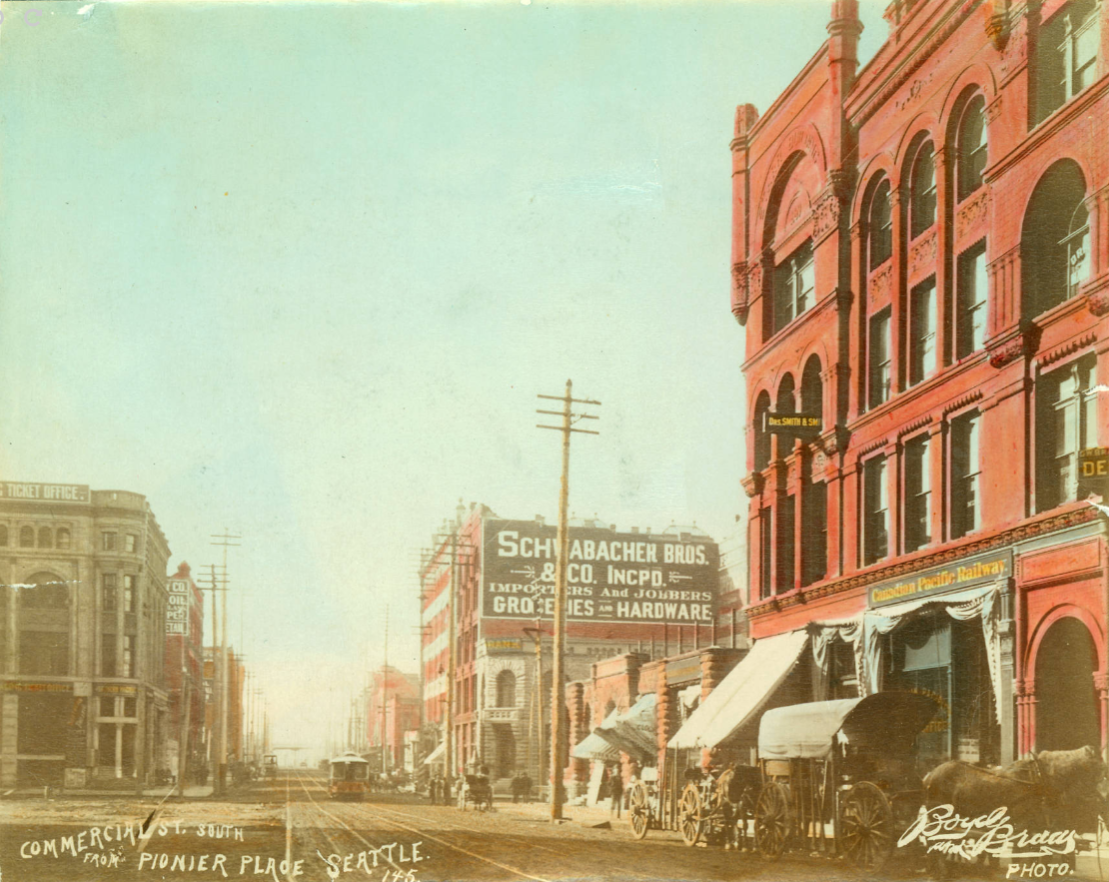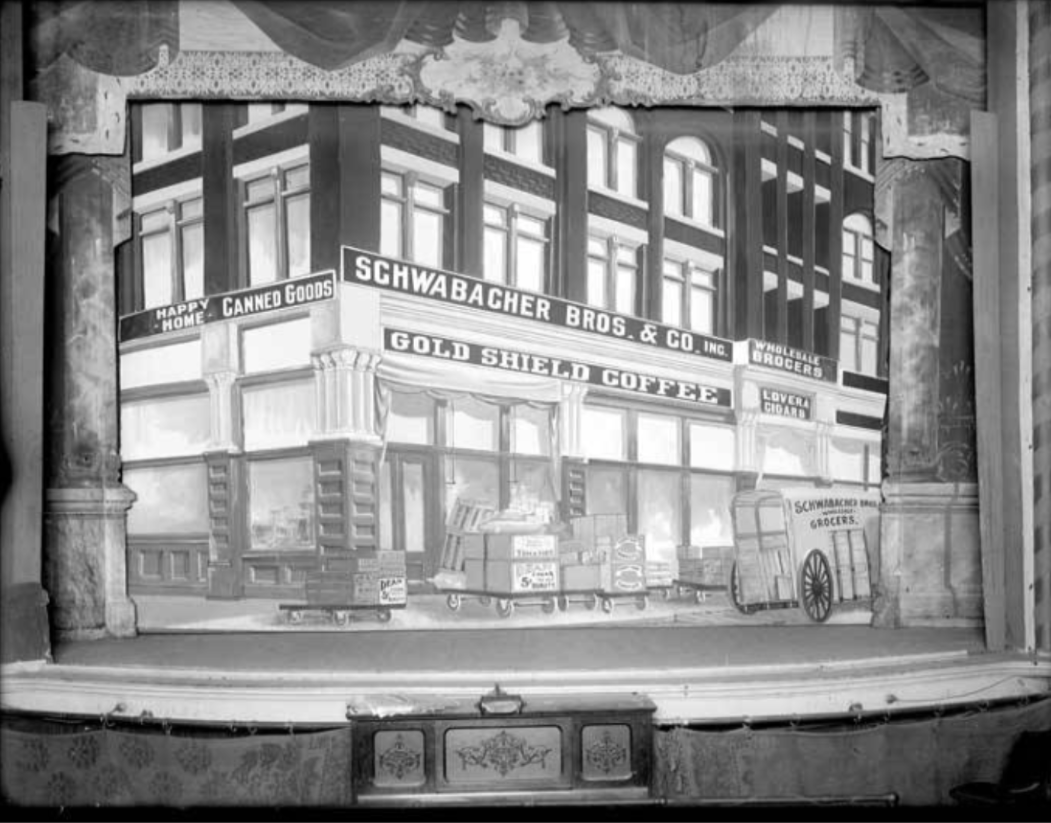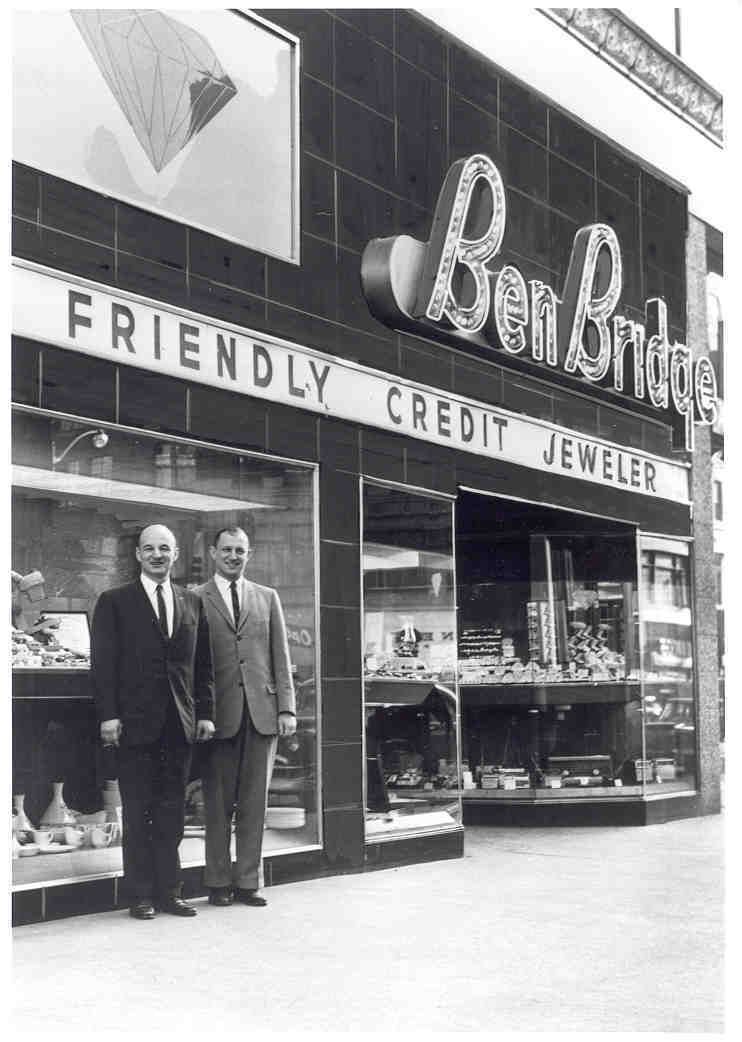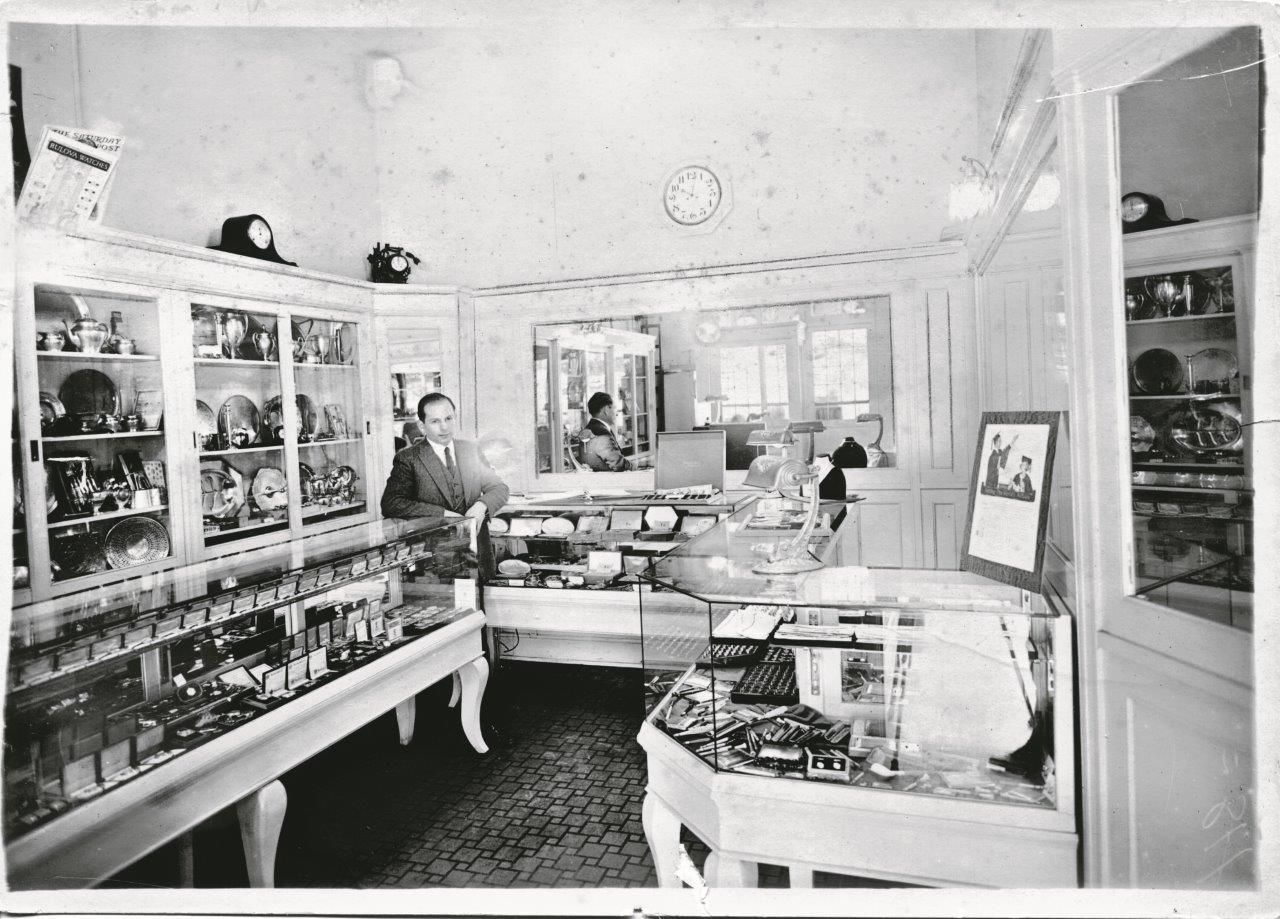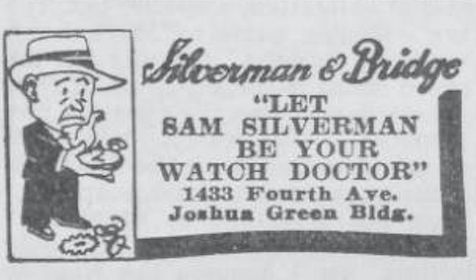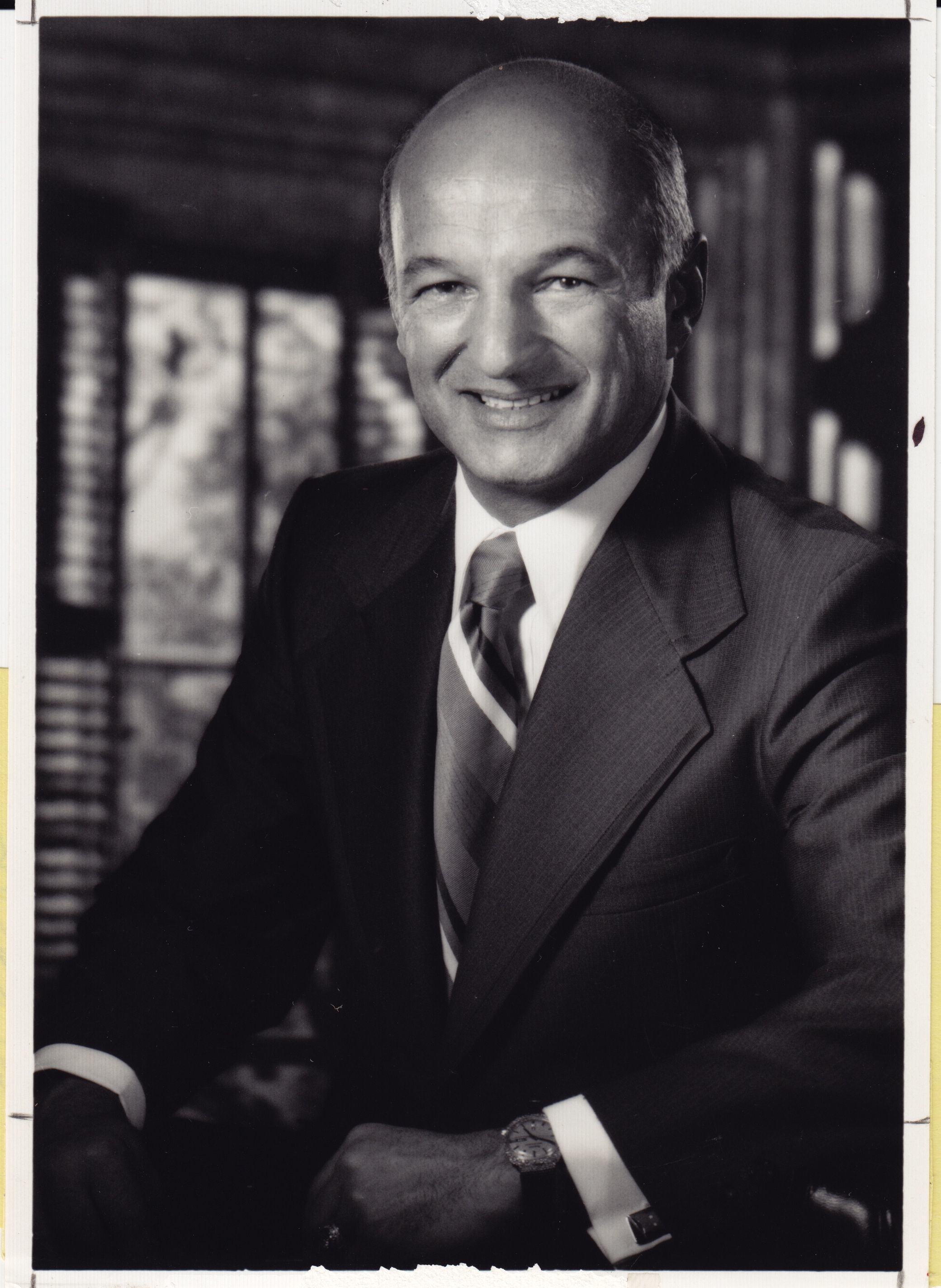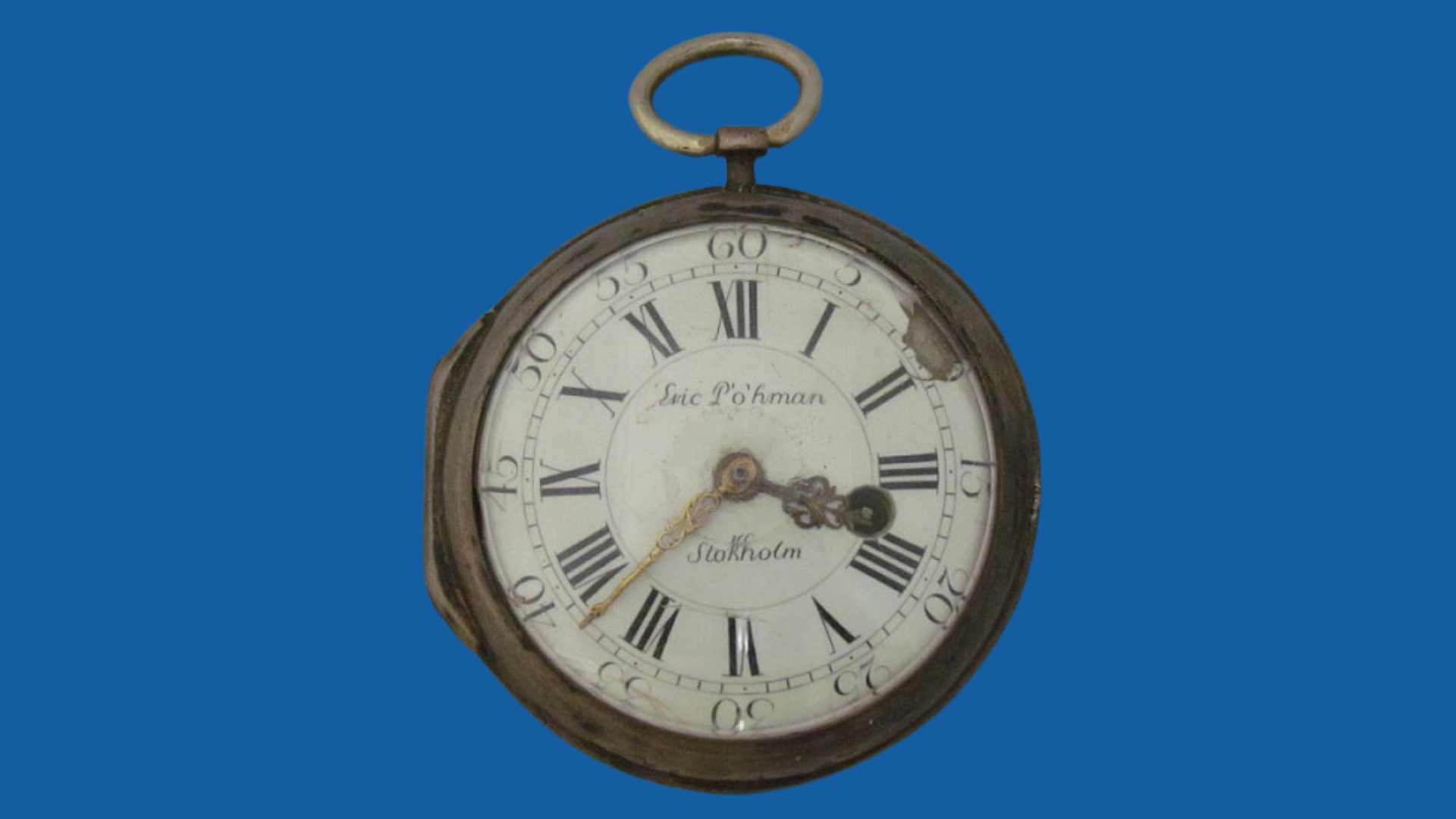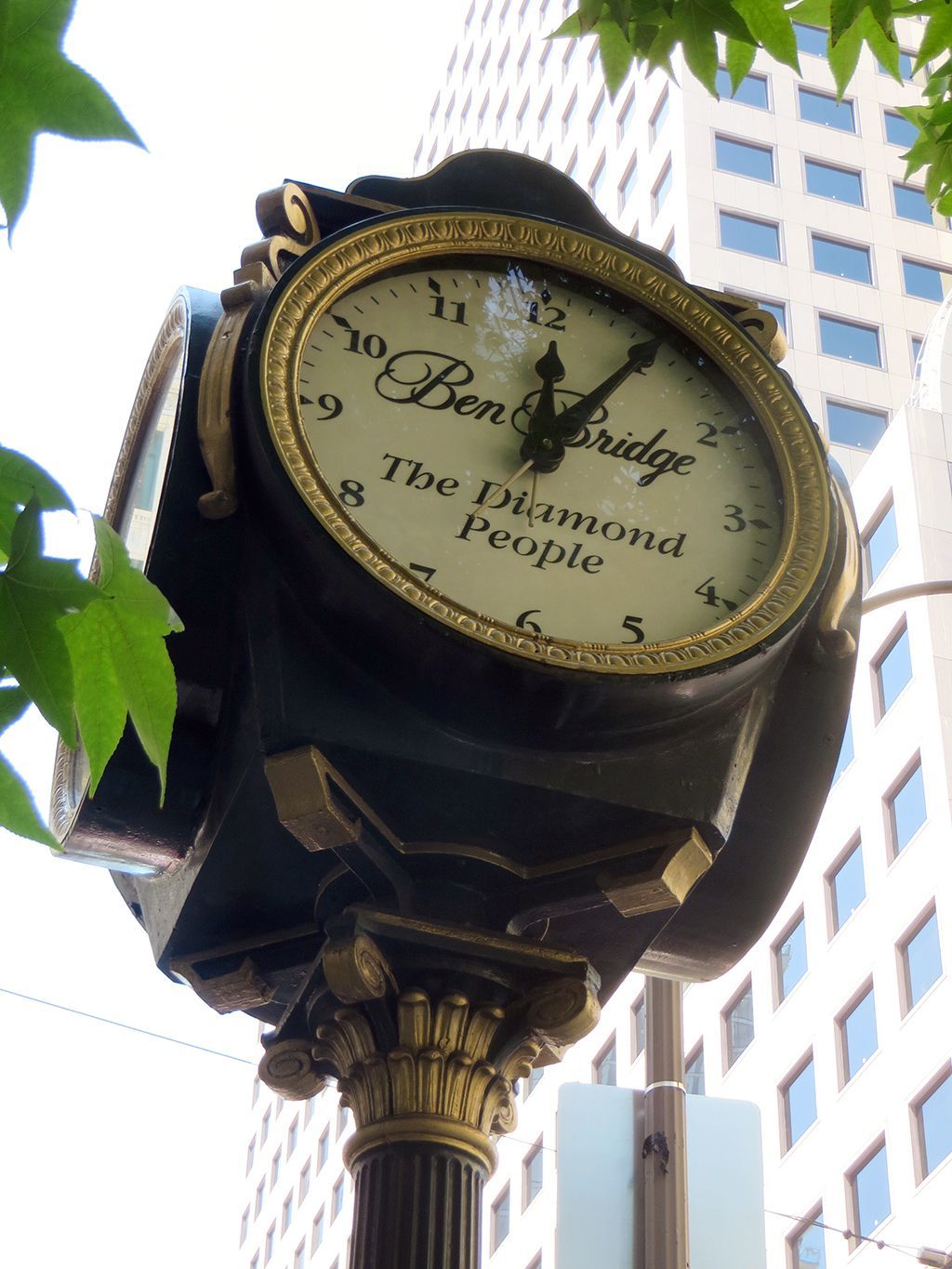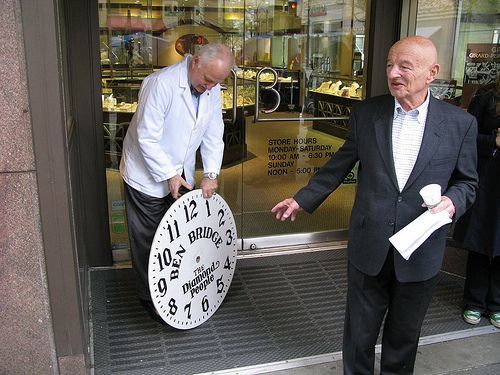Family Means Business
-
Ben Bridge Jeweler in 1939. Photo Courtesy Bridge Family.
Family and business are deeply intertwined for Seattle’s Bridges, exceeding a centennial. Reflecting the interconnections of Seattle’s Jewish families, both branches of Herb Bridge’s family tree come together to establish Ben Bridge Jeweler’s foundation, core values, and success. With now over 100 worldwide locations, Ben Bridge Jeweler has adapted in response to local and global events, from World Wars and pandemics, to earthquakes and Seattle’s boom & bust trajectory.
-
Ben Bridge Jeweler interior in 1939. Herb's mother Sally Bridge is on the far left, Leo Bridge, far left, leaning; watchmaker Phil Blanks; Ben Bridge's cousin Max Flaks; and another watchmaker, Otis Cook, near right.
-
1st Avenue, looking south, from near Cherry St., Seattle, Washington, approximately 1889. Boyd and Braas Photographs. University of Washington Libraries, Special Collections.
Herb’s father Ben Bridge worked for Schwabacher & Bros., a prominent local Jewish family whose business outfitted many customers seeking fortune during the Klondike Gold Rush. They offered canned goods, cigar, coffee, candy and other provisions. Headquartered at First and Yesler Way in Seattle’s Pioneer Square, they also had Alaskan agents to make sales onsite.
While working at Schwabacher & Bros., Ben Bridge was mentored by Company Vice-President & President Nathan Eckstein and Bailey Gatzert, Seattle’s eighth mayor.
As explained in Family of Strangers:
“As Seattle grew, many pawnshops that had been opened by Eastern European Jewish immigrants evolved into jewelry stores, and secondhand clothing stores became first-class establishments. Max Weisfield, a role model in the pawn-to-jewelry business, created the motto, ‘If Max Weisfield can’t fix your watch, throw it away.’ He and the Friedlanders, Burnetts, Bridges, and Rivkins were some of Seattle’s most prominent Jewish-owned jewelers.” (pg. 54)
Cone, Molly, Howard Droker and Jacqueline B. Williams. Family of Strangers. University of Washington Press; First Edition (July 1, 2003).
-
Theater curtain with advertisement for Schwabacher Bros & Co., circa 1905.
Image Courtesy MOHAI.
-
Brothers Herb and Bob Bridge outside the Ben Bridge Jeweler store.
Image Courtesy Bridge Family.
Listen to Jon Bridge narrate the company history:
-
Sam Silverman in Ben Bridge Jeweler.
After serving in World War I, Ben Bridge returned home. He married Sally Silverman in 1922.
Herb’s maternal branch of the family also involves another great uncle as a central figure. Charlie Silverman established Northwest Luggage, and later brought family members, including Herb’s grandfather Samuel Silverman, to Seattle. In 1912, Samuel began the namesake S. Silverman & Company, a jewelry store located on Third Avenue in Downtown Seattle. This was the predecessor to Ben Bridge Jeweler.
Herb Bridge recalls that Samuel Silverman “... was not only a skilled watchmaker, and very well known, but he had a very nice store and he was an optometrist in addition... [a]nd that was something that was allied with the jewelry store. We have the early pictures of the watches with my grandma being in the store. She was a very beautiful woman. My mother and grandmother were beautiful women, unfortunately we took after our fathers in the looks department. But they were engaging, smart matriarchal type women.”
Herb Bridge Interview. March 30, 2000. Washington State Jewish Archives. University of Washington Libraries, Special Collections.
-
Silverman & Bridge newspaper ad in The Jewish Transcript, July 23, 1926.
Image Courtesy The Seattle Public Library.
Ben Bridge Jeweler Family Business
-
For his 18th Birthday, Ben Bridge gifted his son Herb with ownership shares of the family company. Herb asked parents for Bob to be equal owner in business. Herb reflects - “We were a good team, Bob and I, and always worked together for the business’ best interest.” Building Bridges (pg. 91)
The teamwork was evident, as Ben Bridge left the business in the hands of his sons in 1954. Herb was 29 and Bob was 23.
In terms of dividing up the duties Herb recalls: “I was a salesman of the team but Bob had more business savvy, with his business degree, his experience as a supply officer, and his attention to detail. The two of us were working hard to find our way, and we felt there was a lot riding on our shoulders.” Building Bridges, (pg. 108)
Learning delegation from his experiences in the Navy, Herb looked to share duties and responsibilities to advance the careers of promising employees and expand the business.
“To us, it was all about the people. We wanted employees who cared, who would act as the Ben Bridge of his store or the Sally Bridge of her store.” Building Bridges (pg. 114)
-
Herb Bridge Business Portrait. Image Courtesy Bridge Family.
-
Ben Bridge Watch. Division of Work and Industry, National Museum of American History, Smithsonian Institution.
-
Herb explains further: “When it came to advancement, I was adamant that there be no discrimination at all; if there was, it would be in favor of the minority simply because of that the fact that’s the direction we want to go. In our case, that was usually with women. We’ve always had more female managers than male managers. We did this before it was fashionable and did it intentionally, and women started realizing they had opportunities with us and started dedicating their energy and talent to the company. It was an amazing thing to witness, and Ben Bridge was the better for it.” Building Bridges (pg. 118)
-
In 1968, Ben Bridge Jeweler opened their second store in Southcenter, and Orley Solomon was appointed Manager. In 1973, the third store was opened at Northgate Mall. From there, new locations opened in Oregon and California, and Ed and Jon Bridge were added to the company’s third generation of leadership.
In 2000, Ben Bridge Jeweler merged with Berkshire-Hathaway. In an oral history interview, Jon Bridge explained that “we were able to provide close to $9 million to our associates, based on their longevity with the business, and we paid that out over a three-year period, if they stayed with the business. Nobody left the business.”
Today, Bob, Herb, Ed, and John are joined by members of the fourth generation, with over 90 Ben Bridge stores operating globally. The company is one of the largest jewelry retailers in the United States.
-
The iconic Ben Bridge street clock created by Joseph Mayer in 1925, at the 4th Avenue and Pike Street in downtown Seattle. Photo courtesy Priscilla Long.
-
Phil Foss and Herb Bridge with 1928 Ben Bridge Jeweler clock face, April 17, 2010.
Image Courtesy Bridge Family.
Orley Solomon, longtime Ben Bridge Jeweler employee and Manager of the Southcenter store, reflects on his time with the company and working with Herb Bridge:
Back to top of page
Share this page on Facebook


